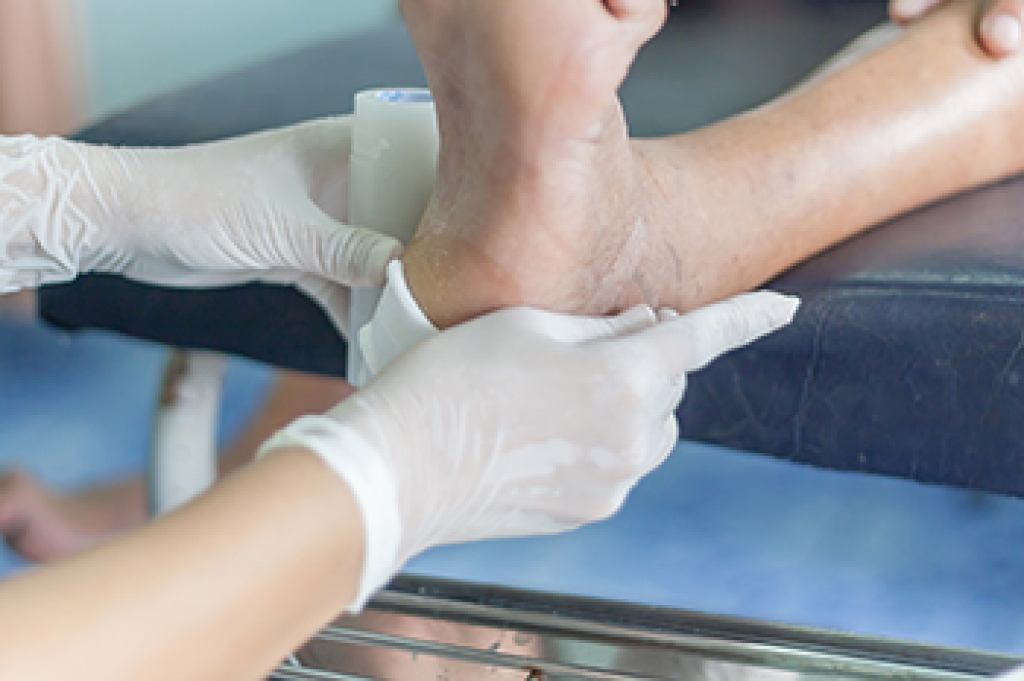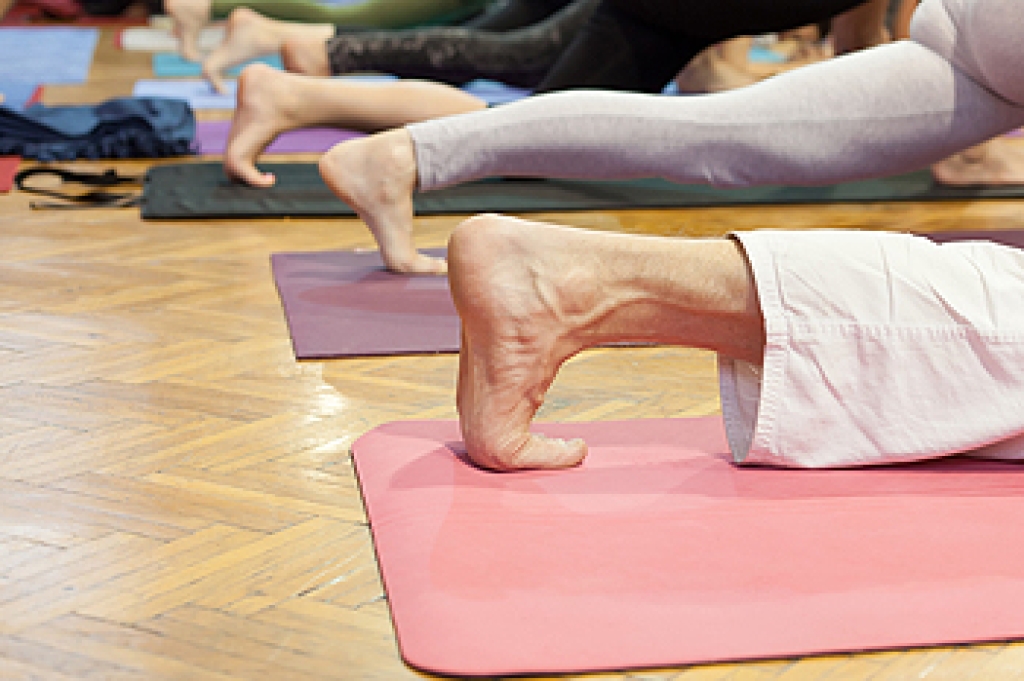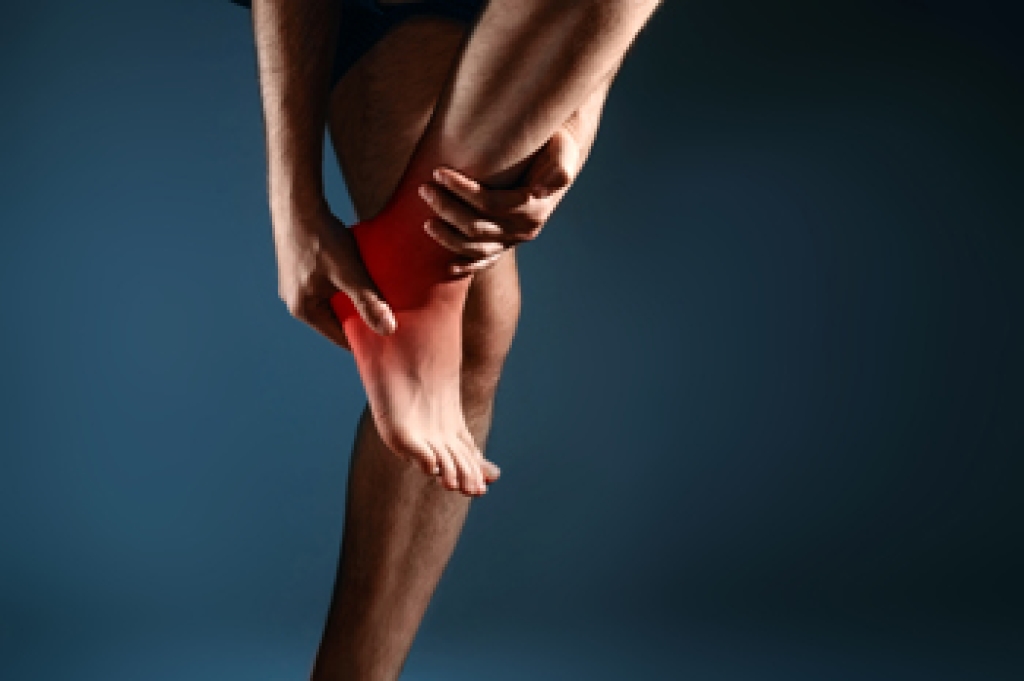
Skin ulcers on the feet are open sores that form when the skin and underlying tissue break down due to poor circulation, nerve damage, or constant pressure. Pressure ulcers develop on the heels or ankles when prolonged pressure reduces blood flow to the skin. Venous ulcers form above the ankle when veins fail to circulate blood properly, causing fluid buildup and skin damage. Arterial ulcers appear on the toes, ankles, or between toes when blood flow is reduced by narrowed arteries, leaving the skin deprived of oxygen. Neuropathic ulcers, often seen in people with diabetes, occur on weight-bearing areas like the ball of the foot. Nerve damage prevents pain sensation, allowing minor injuries to worsen unnoticed. A podiatrist can diagnose the cause, promote healing, and help prevent limb loss. If you notice sores on the feet that do not heal properly, it is suggested that you make an appointment with a podiatrist for a diagnosis and treatment options.
Wound care is an important part in dealing with diabetes. If you have diabetes and a foot wound or would like more information about wound care for diabetics, consult with one of our podiatrists from Bangor Podiatry. Our doctors will assess your condition and provide you with quality foot and ankle treatment.
What Is Wound Care?
Wound care is the practice of taking proper care of a wound. This can range from the smallest to the largest of wounds. While everyone can benefit from proper wound care, it is much more important for diabetics. Diabetics often suffer from poor blood circulation which causes wounds to heal much slower than they would in a non-diabetic.
What Is the Importance of Wound Care?
While it may not seem apparent with small ulcers on the foot, for diabetics, any size ulcer can become infected. Diabetics often also suffer from neuropathy, or nerve loss. This means they might not even feel when they have an ulcer on their foot. If the wound becomes severely infected, amputation may be necessary. Therefore, it is of the upmost importance to properly care for any and all foot wounds.
How to Care for Wounds
The best way to care for foot wounds is to prevent them. For diabetics, this means daily inspections of the feet for any signs of abnormalities or ulcers. It is also recommended to see a podiatrist several times a year for a foot inspection. If you do have an ulcer, run the wound under water to clear dirt from the wound; then apply antibiotic ointment to the wound and cover with a bandage. Bandages should be changed daily and keeping pressure off the wound is smart. It is advised to see a podiatrist, who can keep an eye on it.
If you have any questions please contact our offices located in Bangor, Gilbert, and Bethlehem, PA . We offer the newest diagnostic and treatment technologies for all your foot and ankle needs.




